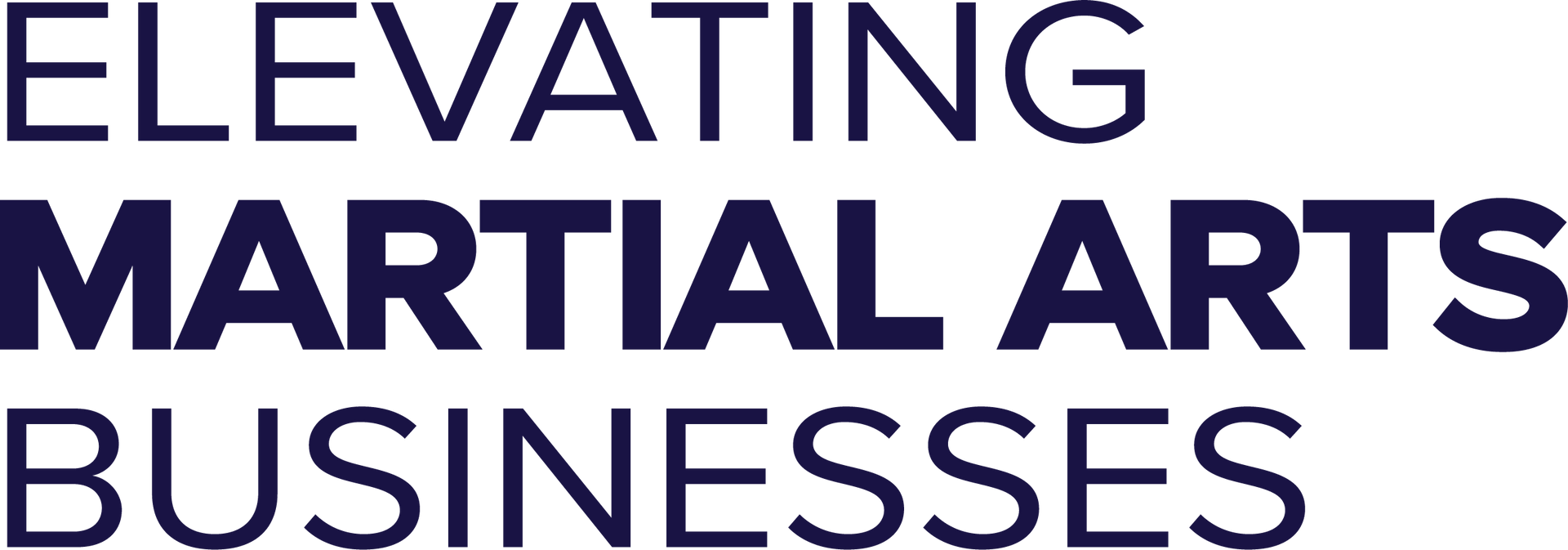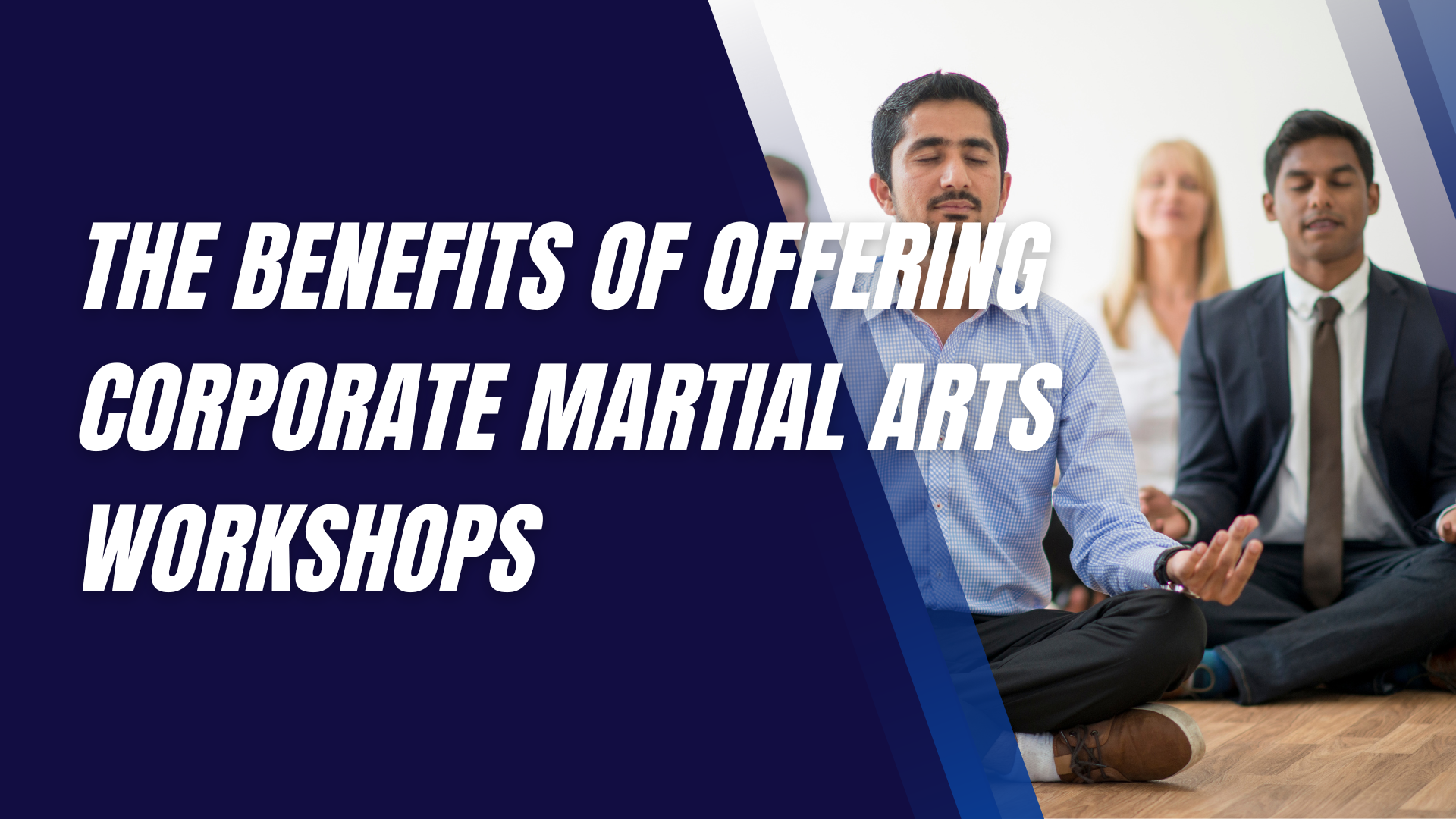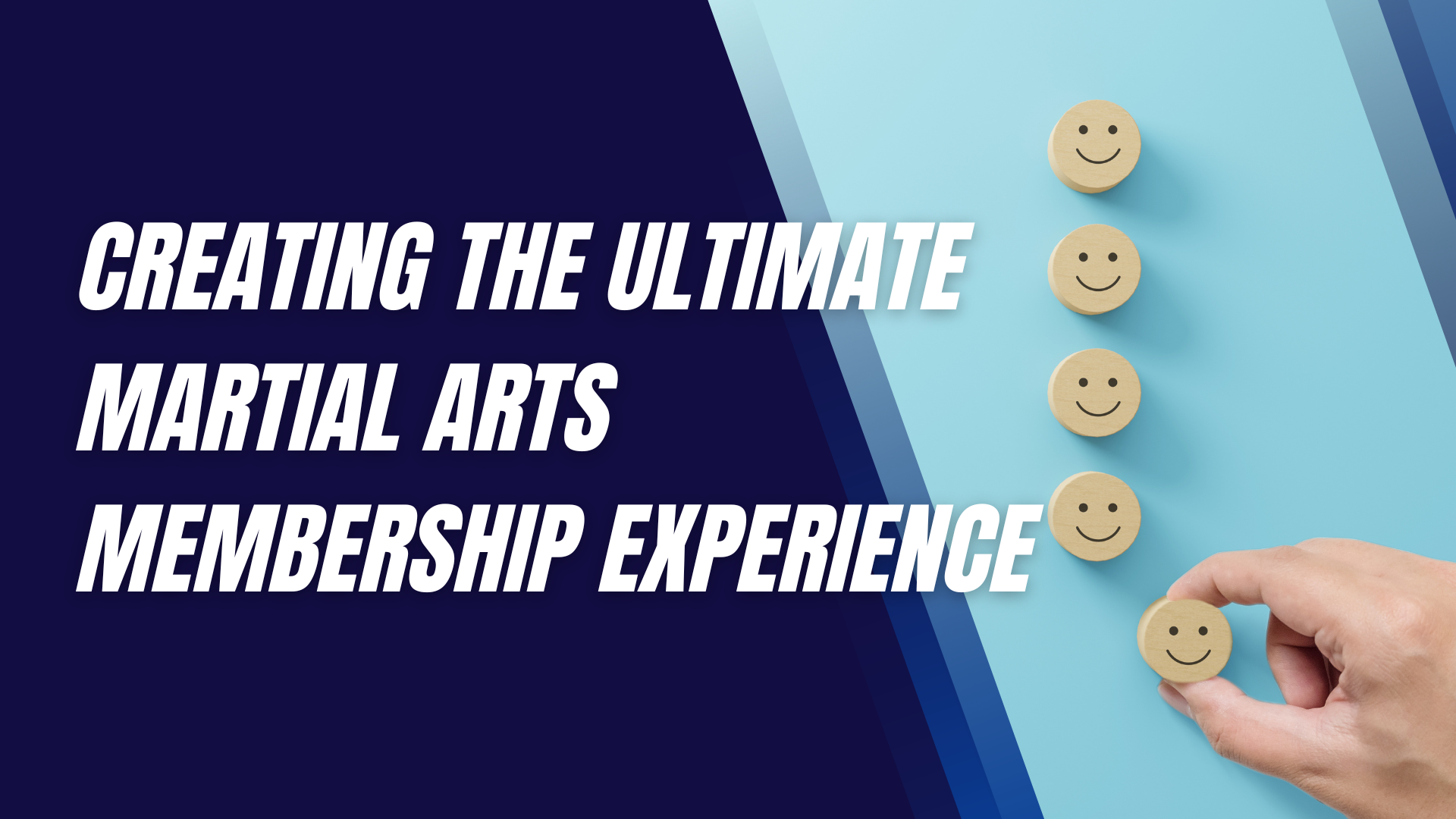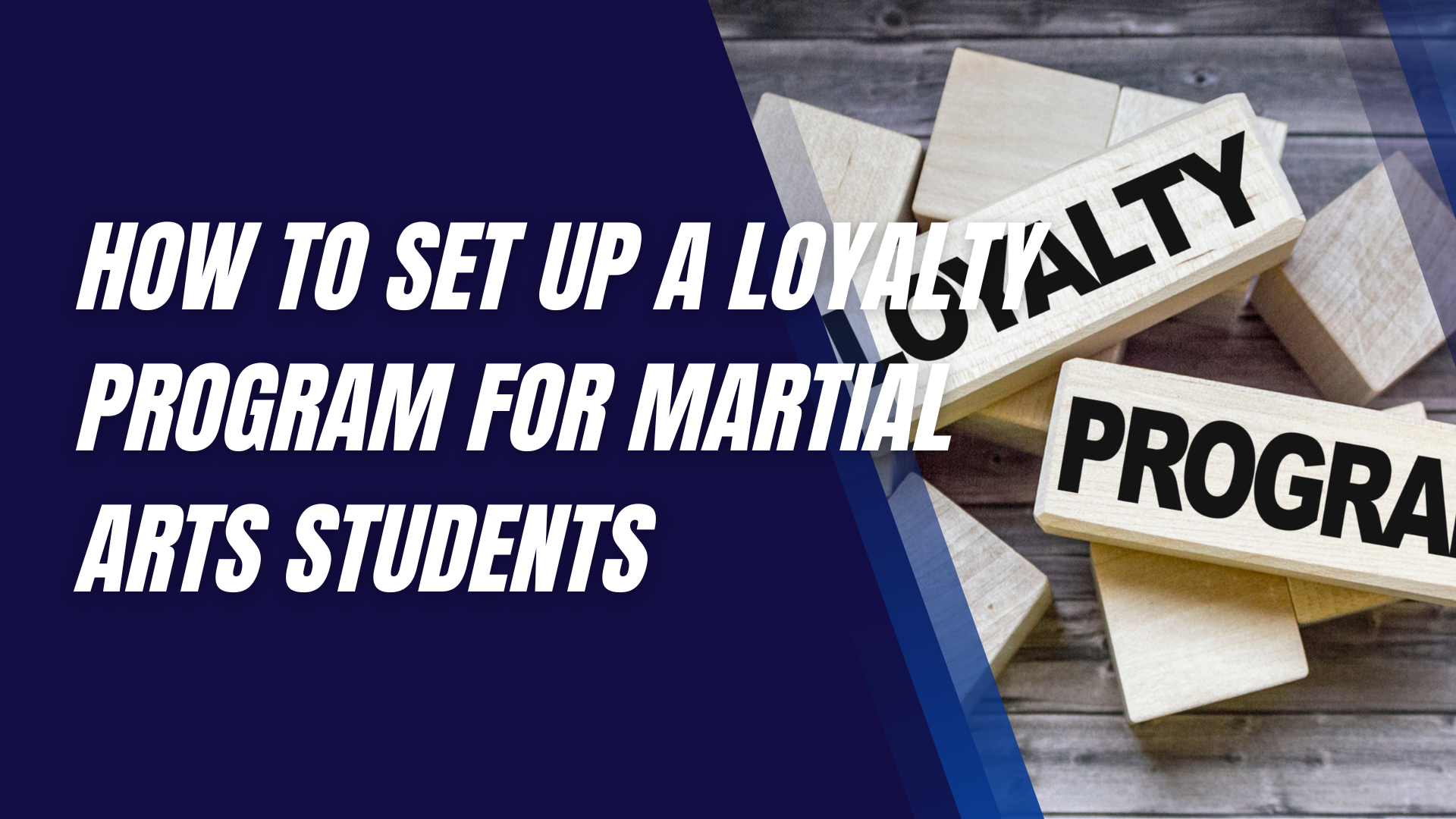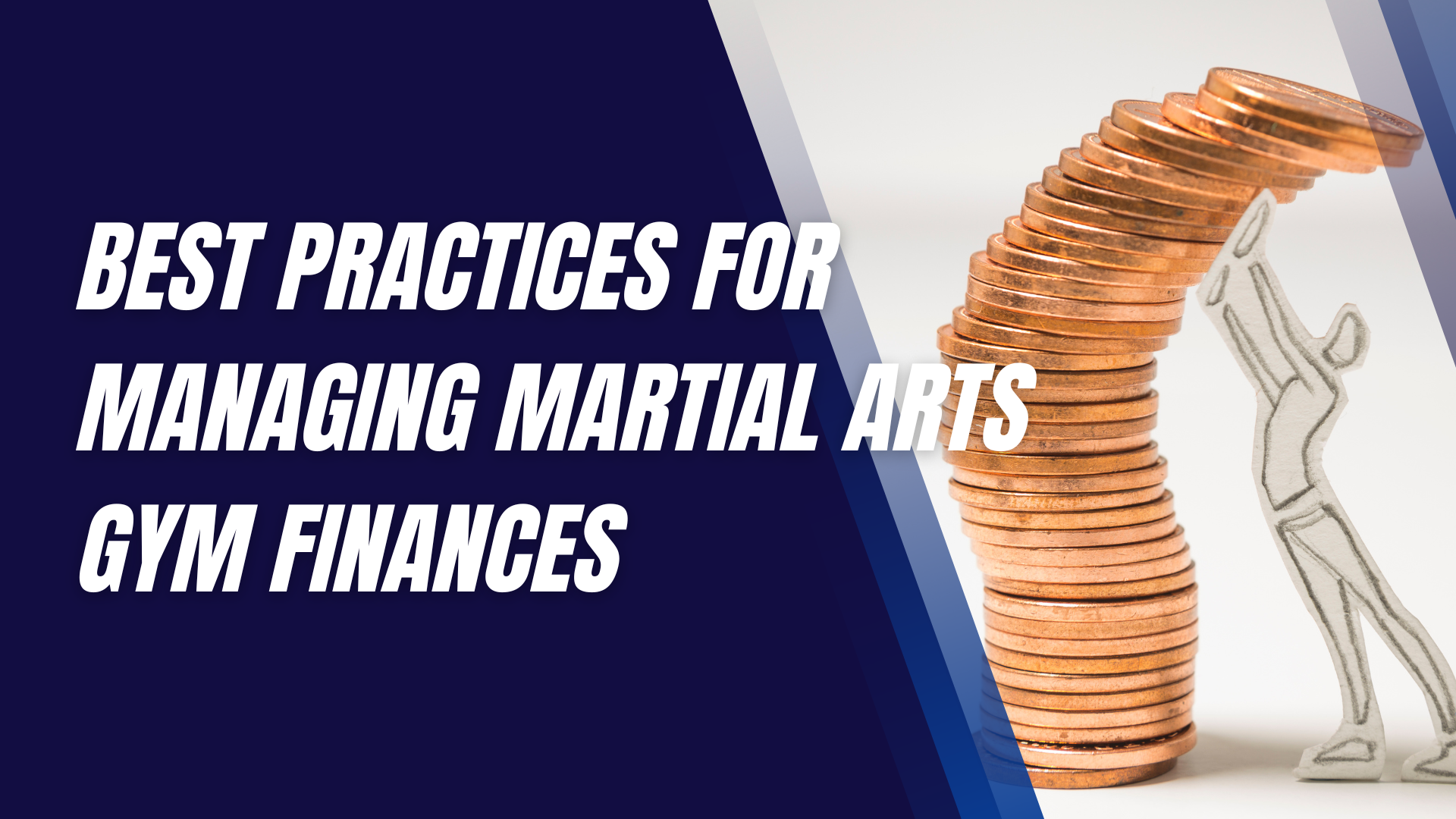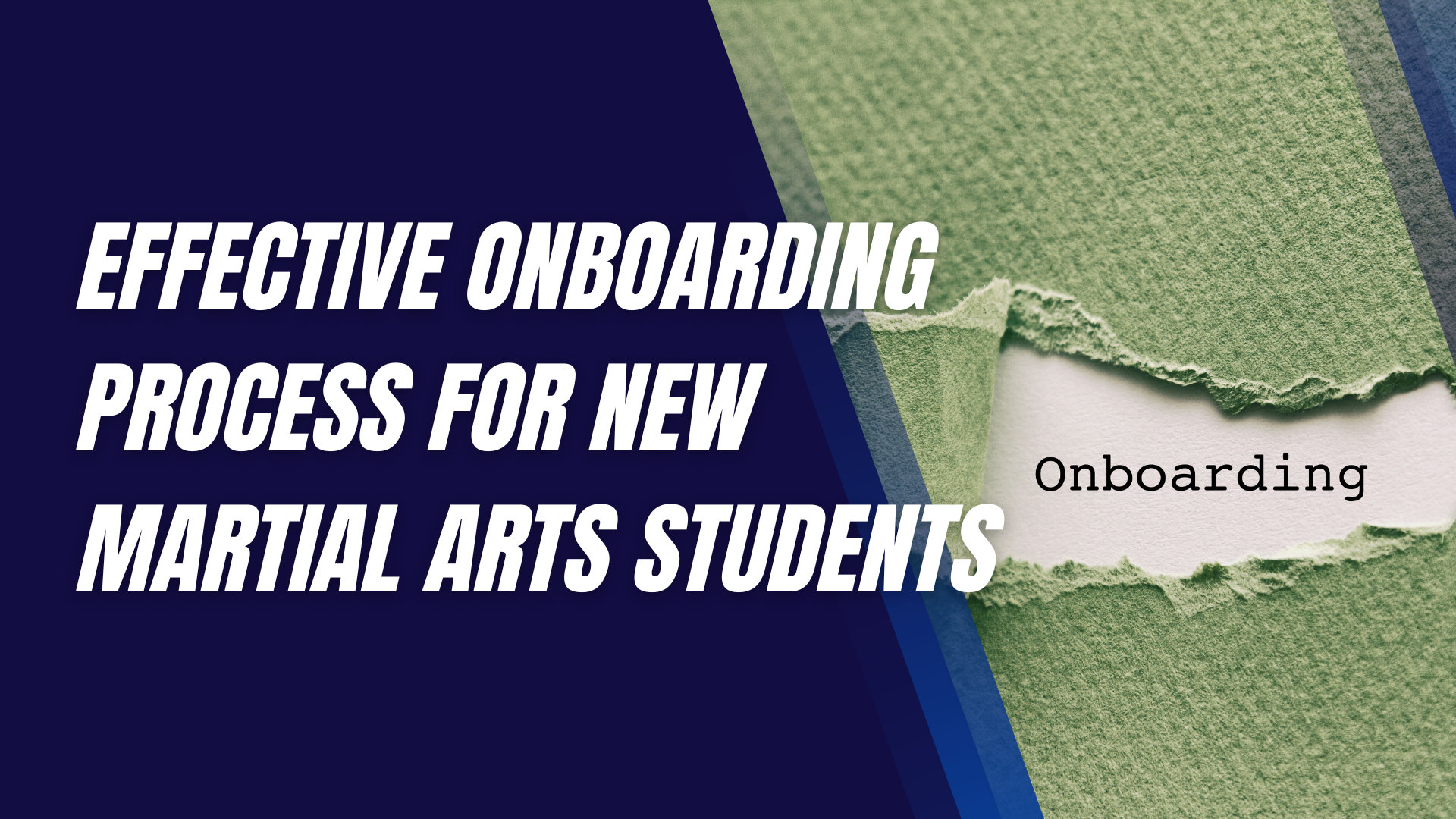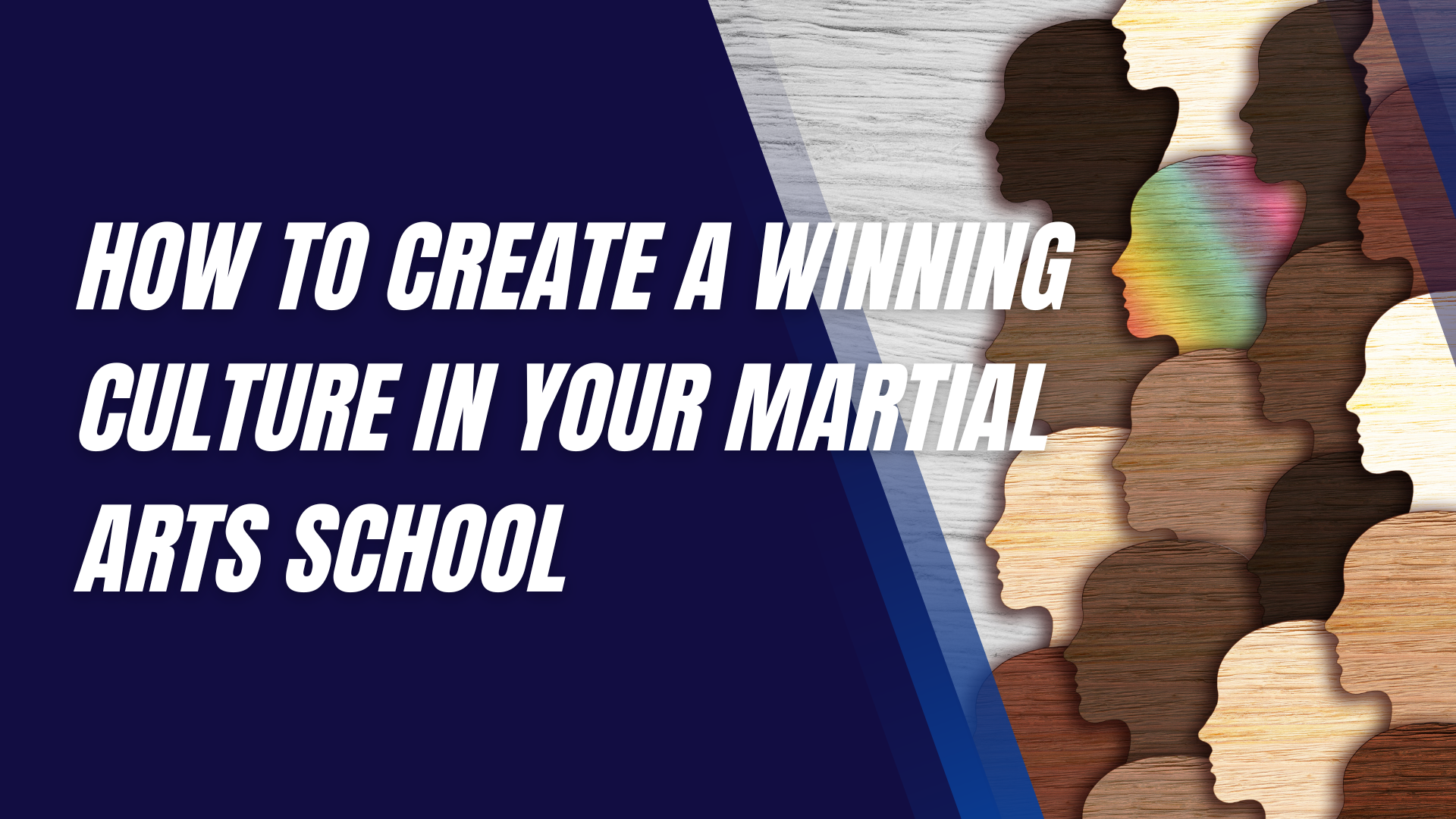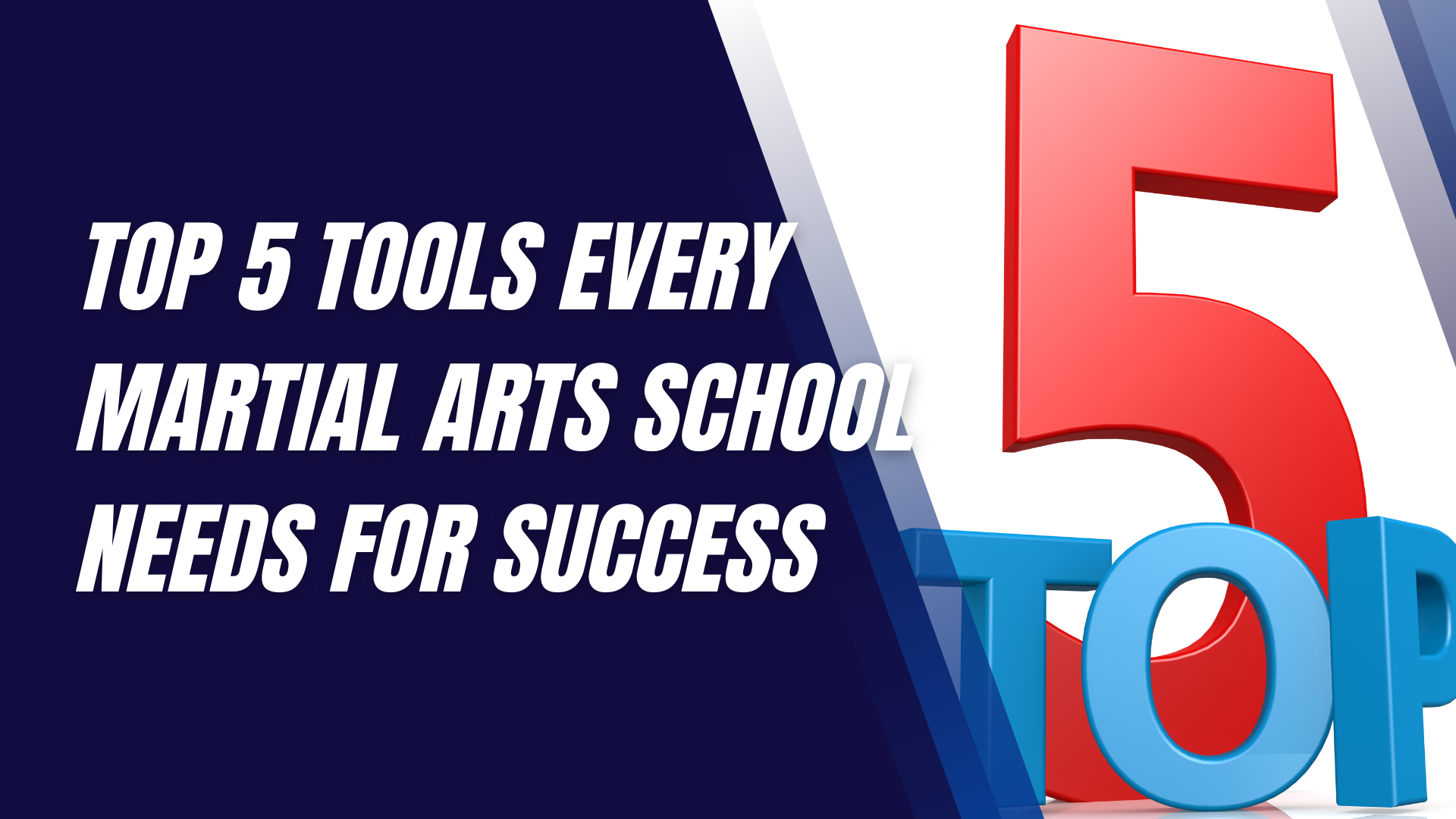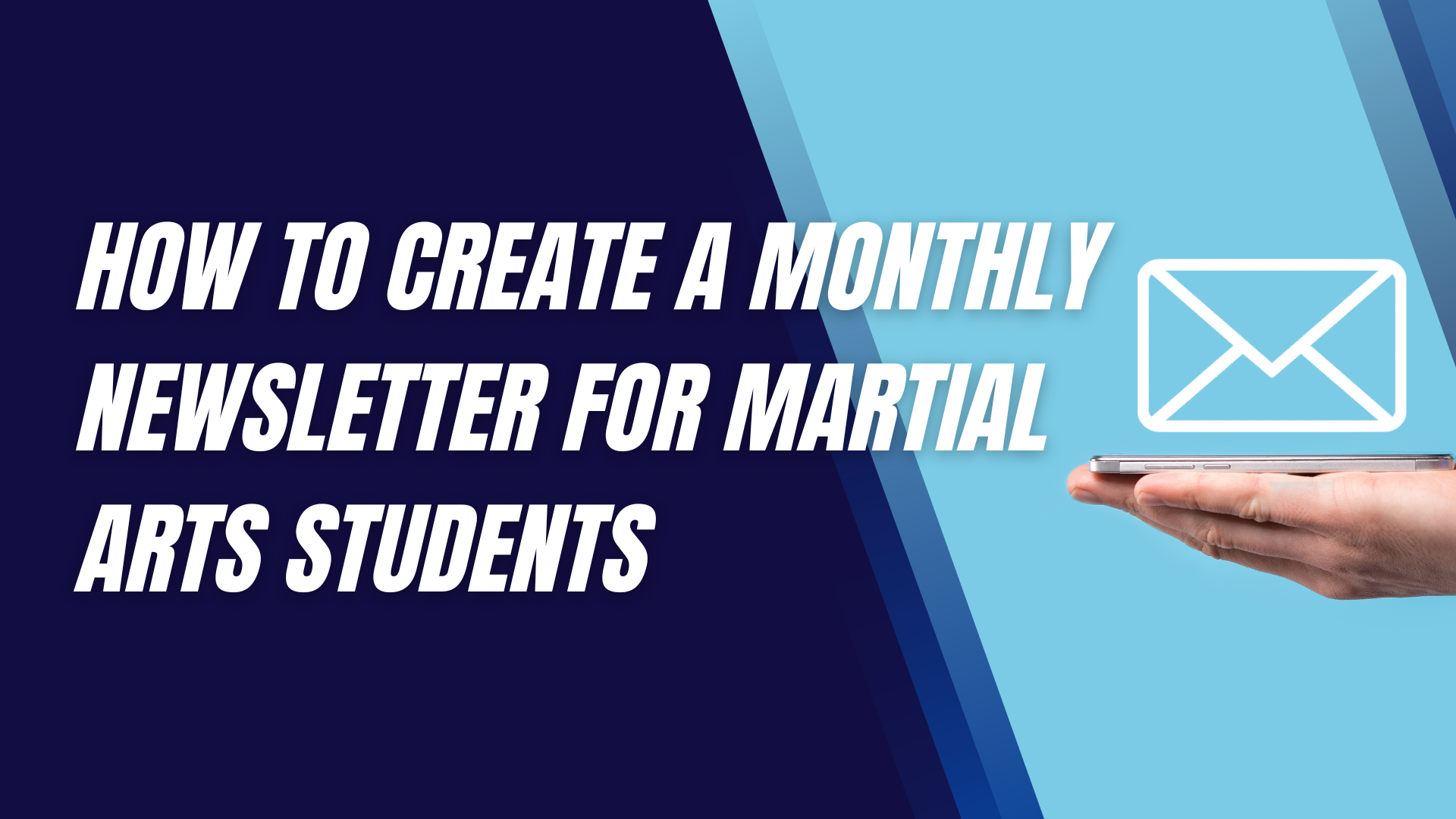How to Build a Core-Strengthening Routine for Martial Arts
Building a strong core is essential for martial artists.
Whether you're into karate, jiu-jitsu, taekwondo, or any other form of martial arts, your core strength plays a crucial role in your performance. It helps with balance, stability,
power, and even injury prevention. In this guide, we'll explore how to create an effective core-strengthening routine tailored to martial arts, focusing on exercises and techniques that deliver the best results.
Understanding the Core Muscles
Before diving into exercises, it's important to understand what your core actually consists of. The core isn’t just your abs; it’s a complex group of muscles that work together to stabilize and move your body.
Primary Core Muscles
- Rectus Abdominis: Often referred to as the "six-pack," this muscle runs vertically along the front of your abdomen and is responsible for flexing your spine.
- Obliques: Located on the sides of your abdomen, the obliques help you twist and bend sideways.
- Transverse Abdominis: This is the deepest core muscle, wrapping around your spine for added stability.
Supporting Core Muscles
- Lower Back Muscles: These muscles are crucial for maintaining posture and protecting your spine.
- Hip Flexors: While often overlooked, strong hip flexors contribute to a powerful and flexible core.
Benefits of Core Strength in Martial Arts
A well-developed core offers numerous benefits, especially for martial artists who rely on agility, power, and endurance.
Improved Stability and Balance
Your core muscles are central to your balance. A strong core helps you maintain stability, whether you’re striking, grappling, or defending against an opponent.
Enhanced Power and Speed
A strong core allows you to generate more power in your strikes and kicks. It connects your upper and lower body, allowing you to transfer energy efficiently and execute movements more explosively.
Better Injury Prevention
Core strength also plays a key role in preventing injuries. By stabilizing your body, your core helps protect your spine and reduce the risk of strains or sprains during training and competition.
Improved Breathing and Endurance
Martial arts require sustained effort and proper breathing. A strong core supports your diaphragm, improving your breathing technique and overall endurance.
Setting Goals for Your Core-Strengthening Routine
Before you start building your routine, it's crucial to set clear goals based on your martial arts needs.
Defining Your Martial Arts Objectives
Identify what you want to achieve with your core training. Are you looking to enhance your speed, improve your balance, or increase your power? Understanding your goals will help you tailor your routine effectively.
Assessing Your Current Core Strength
It's also helpful to evaluate your current core strength. This can be done through various fitness tests or simply by trying out some basic exercises like planks or leg raises to see where you stand.
Designing Your Core-Strengthening Routine
With your goals in mind, it's time to design a routine that includes a variety of exercises targeting all core muscles.
Warm-Up Exercises
Warming up is essential to prepare your muscles for the workout ahead. Incorporate dynamic stretches and light cardio to get your blood flowing and muscles ready.
- Importance of Warming Up: Prevents injuries and prepares your body for intense exercise.
- Suggested Warm-Up Activities: Jumping jacks, high knees, and arm circles are great options.
Key Core Exercises for Martial Artists
Here are some foundational exercises that should be a part of every martial artist’s core routine:
- Plank Variations: Planks are excellent for building endurance in your core. Try side planks, forearm planks, and plank jacks to target different areas.
- Leg Raises: These target the lower abs and hip flexors, which are crucial for kicks and explosive movements.
- Russian Twists: This exercise strengthens your obliques, enhancing your ability to twist and turn quickly.
- Hanging Knee Raises: A great way to engage your entire core, especially your lower abs.
- Medicine Ball Exercises: Use a medicine ball for exercises like slams or rotational throws to mimic the explosive movements in martial arts.
Integrating Functional Core Workouts
Functional training involves exercises that mimic the movements you perform in martial arts. This type of training helps you apply your core strength directly to your sport.
- Core Workouts That Mimic Martial Arts Movements: Include exercises like woodchoppers or rotational throws.
- Benefits of Functional Training: Enhances the transfer of strength from your workouts to your martial arts practice.
Creating a Weekly Core Workout Plan
Structure is key when it comes to core training. Aim to train your core 2-3 times a week, allowing for rest and recovery in between sessions.
Sample Weekly Routine
- Monday: Planks and leg raises
- Wednesday: Russian twists and hanging knee raises
- Friday: Medicine ball slams and functional movements
Balancing Core Work with Other Training
Remember, core training should complement your overall martial arts regimen. Balance your core work with cardio, strength training, and martial arts practice for the best results.
Tips for Progressing Your Core Routine
As you build core strength, it’s important to keep challenging yourself to avoid hitting a plateau.
Gradually Increasing Intensity
Add weight, increase reps, or extend the duration of your exercises as you get stronger. Progress slowly to prevent injury and maintain good form.
Monitoring Your Progress
Track your workouts and note improvements in your performance. This will help you stay motivated and make necessary adjustments to your routine.
Adapting Exercises as You Improve
Once basic exercises become too easy, move on to advanced variations. For instance, replace standard planks with one-arm planks or add a twist to your leg raises.
Common Mistakes to Avoid
Even with the best intentions, there are some common pitfalls to watch out for in core training.
Overworking the Core
Your core muscles, like any other muscle group, need time to recover. Avoid training them every day and allow for rest periods.
Neglecting Proper Form
Always prioritize form over reps. Poor form can lead to injuries and reduce the effectiveness of your workout.
Ignoring the Importance of Rest
Rest is crucial for muscle recovery and growth. Make sure your routine includes rest days and active recovery strategies.
Nutrition Tips for Core Strength
Diet plays a significant role in developing a strong core. Proper nutrition fuels your workouts and aids in muscle recovery.
Foods That Boost Core Strength
Focus on a diet rich in lean proteins, healthy fats, and complex carbohydrates. Foods like chicken, fish, nuts, and whole grains provide the nutrients necessary for muscle growth and repair.
Hydration and Its Role in Performance
Staying hydrated is key to maintaining energy levels and preventing cramps during your workouts. Aim for at least eight glasses of water a day, more if you’re training intensively.
The Role of Recovery in Core Training
Recovery isn’t just about resting; it’s an active part of your training process.
Importance of Rest Days
Rest days allow your muscles to repair and grow. Without adequate rest, you risk overtraining and diminishing your results.
Techniques for Active Recovery
Incorporate light activities like yoga, stretching, or a leisurely walk on rest days to promote blood flow and aid recovery.
Final Thoughts
Building a core-strengthening routine for martial arts is about more than just doing crunches. It involves understanding the core muscles, setting clear goals, and following a balanced routine that integrates functional training with traditional exercises. Remember, consistency is key, and progress takes time. Stick with it, and you’ll soon notice significant improvements in your martial arts performance.
Interested in trying a martial arts class? Find an affiliated academy anywhere in the country by clicking here.
Have your own martial arts program? Get to know more about what we have to offer at Ground Standard Agency for helping martial arts businesses grow.
Email us at info@groundstandard.com, or call and text us at (732) 907-8920 today to learn how to start growing your own academy, school, dojo, or gym with us as well.
Share this article
